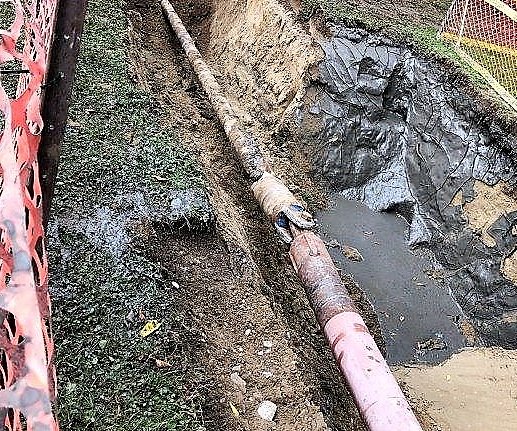Installation in rock by directional drilling under a river
Installation of a 168 mm diameter steel conduit
Length of 245 m
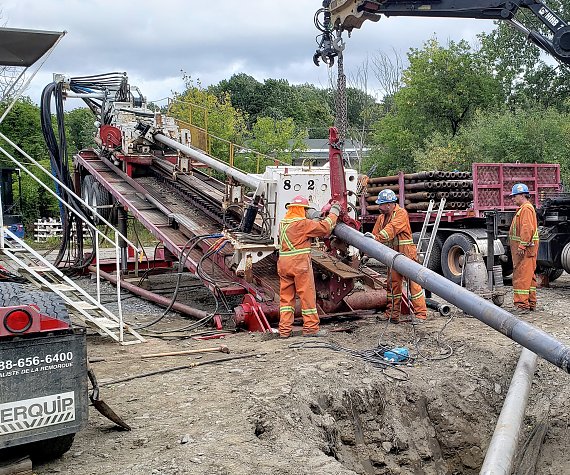
Geotechnical Campaign and Feasibility
During rock work, the following tests must be conducted:
- Measurement of the groundwater level;
- A structural description of the rock and geomechanical classification with interpretation of the data;
- Uniaxial compression test and tensile strength;
- Cherchar abrasivity test;
- Determination of bulk density;
- Lugeon type water pressure test.
The preliminary engineering/feasibility study analyzed the identified risks of inserting a steel conduit through directional drilling. The mitigation of risks reduced the overall impact on the project and made it possible to proceed with directional drilling.
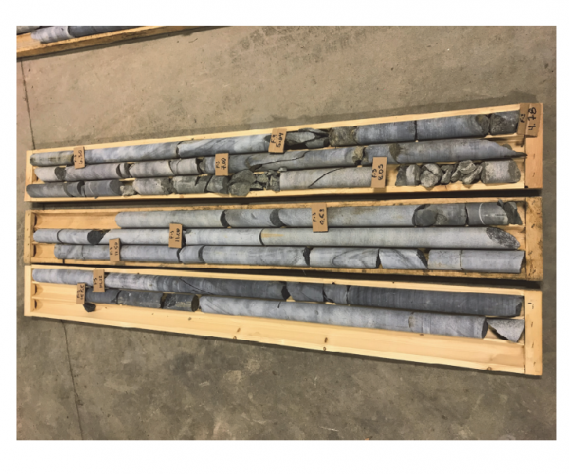
Engineering
The design calculations for directional drilling are executed iteratively according to the following elements and industry standards:
- Path design;
- Bend radius;
- Pulling forces;
- Induced stresses on the conduits during insertion;
- Induced stresses on the conduits in operation;
- Annular pressure;
- Rheological characterization of drilling fluids;
- Thickness and strength of the conduits;
- Design of conduit support during pulling.
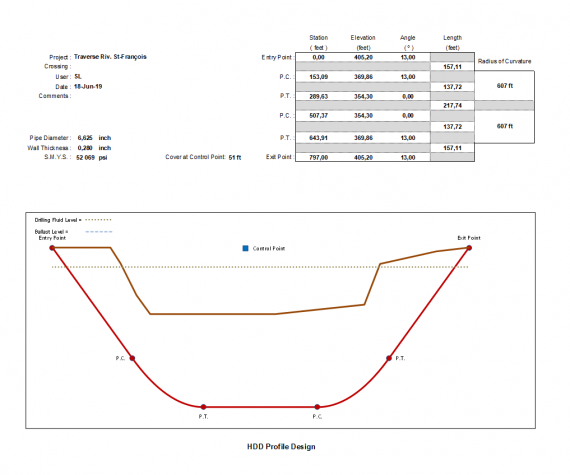
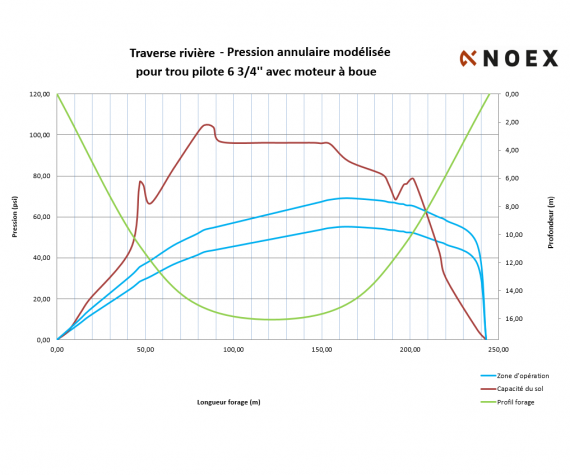
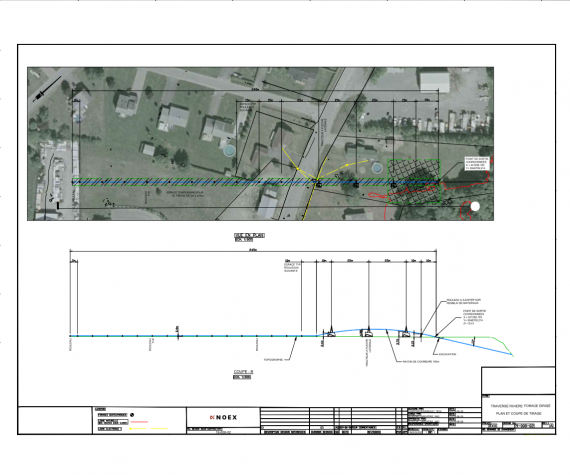
Installation at launch
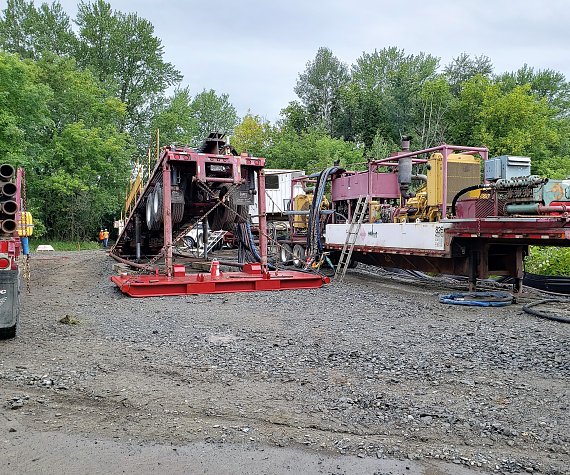
Pilot drilling
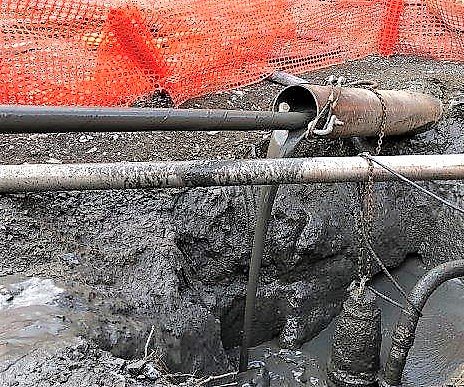
Drill mud recycling
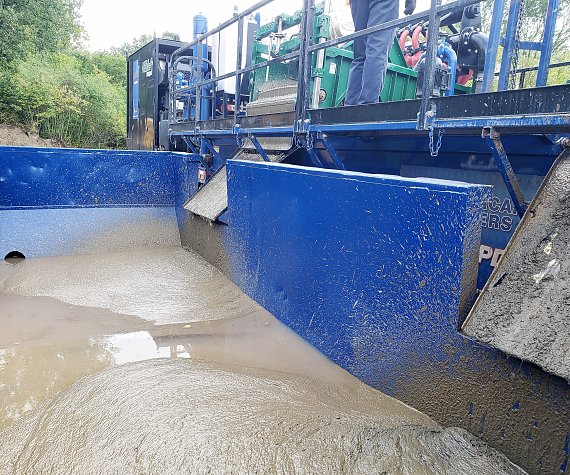
Drilling exit
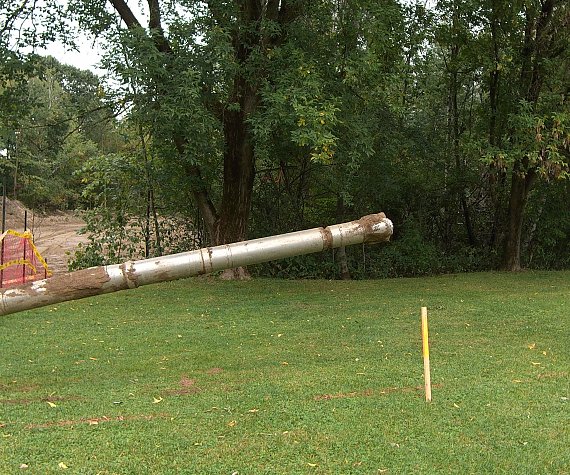
Conduit pulling
